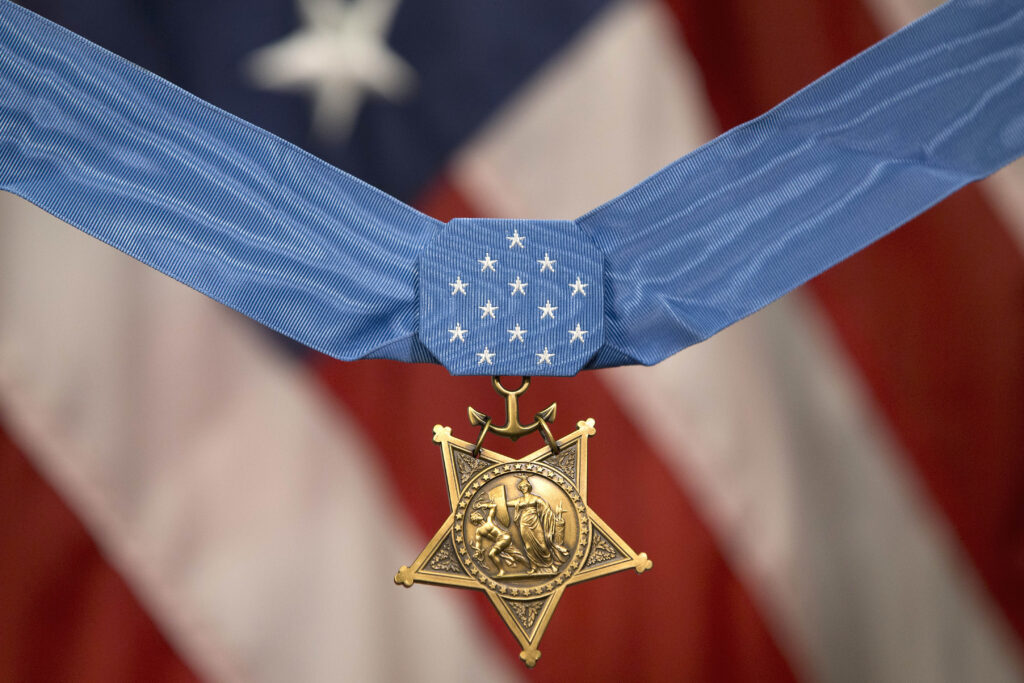It was September 1974, the first day of my junior year in high school, a day that would leave a lasting impression on me. Our U.S. History 101 class was abuzz with idle chatter and laughter when the door suddenly flew open. A man stormed in, slamming the door behind him. Without a word, he kicked a garbage can across the room, marched to the teacher’s desk, and sat down, glaring at us with an expression that silenced the room instantly. We froze, stunned and uncertain.
After a long, tense pause, the man barked, “Take out a pen and paper!” The urgency in his voice propelled us to comply immediately. He then issued an unexpected command: “Write down everything you’ve seen since I entered this room.”
We hurried to record the bizarre scene we had just witnessed, unsure of what to make of it. Once time was up, he called on several students to read their accounts aloud. Each time, he responded with a single word:
- “Sarcasm.”
- “Editorialism.”
- “Reporting.”
With every response, we grew more curious and confused. Then, he broke the silence with a thought-provoking lecture that would shape my understanding of history, media, and critical thinking forever. He explained that while we had all witnessed the same event, our accounts were vastly different, shaped by our individual biases and interpretations.
This man, Mr. Michael Gallucci, went on to deliver a lesson that has stayed with me for life. He emphasized the importance of skepticism when interpreting history and the news. “Unless you’ve witnessed it yourself,” he said, “you can be sure that what you’re reading or hearing has been influenced by the writer’s perspective.” He urged us to seek multiple viewpoints and approach information with a critical eye.
To drive the point home, he handed each of us a copy of The New York Times. He highlighted the front page, noting its purpose: factual reporting. Then, he directed us to the Editorial page, where opinions and interpretations were expressed. Finally, he pointed to the Op-Ed section, where independent voices shared their views. This exercise was an unforgettable introduction to the nuances of information, interpretation, and bias.
That day marked the beginning of my lifelong passion for history and critical thinking. It wasn’t just a history class—it was a transformative moment that shaped how I approached the world. While I don’t consider myself a scholar, my interest in U.S. history has only deepened over the years, and I owe that to Mr. Gallucci. His unconventional teaching method sparked a love of learning and an enduring commitment to examining ideas with clarity and purpose.

